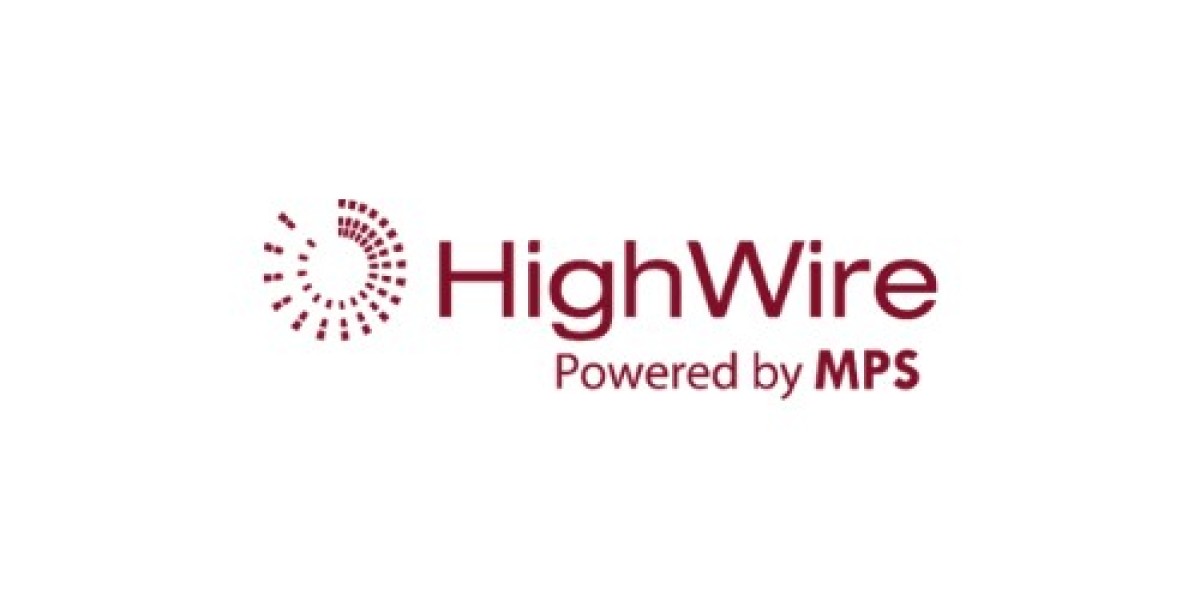What Are the Benefits of Using Total-Body PET Scanners in Cancer Diagnosis?
Total-body PET scanners represent a significant advancement in the field of medical imaging, especially in oncology. These advanced machines can capture an entire body’s metabolic activity in under a minute, significantly reducing scan times and improving patient comfort.
Key Benefits:
- Enhanced Sensitivity and Resolution: Total-body PET scanners offer up to 40 times greater sensitivity than traditional PET scanners, allowing for the detection of smaller tumors and more precise localization of cancerous tissues.
- Comprehensive Imaging: By providing whole-body scans, these devices help oncologists assess cancer spread and monitor treatment efficacy across multiple sites simultaneously.
- Time Efficiency: The reduced scan duration increases throughput in clinical settings, allowing healthcare providers to accommodate more patients without sacrificing diagnostic quality.
Innovations by Leading Companies:
- Siemens Healthineers has pioneered the Biograph Vision Quadra, a total-body PET scanner that offers a large axial field of view and integrates advanced image reconstruction algorithms for improved accuracy.
- GE Healthcare is also making strides with its total-body PET/CT system, designed for rapid, comprehensive imaging, facilitating earlier cancer detection and better treatment planning.
2. How Are PET-CT Scanners Used in Diagnosing Heart Diseases?
PET-CT scanners have emerged as invaluable tools in cardiology, providing intricate details about the heart's structure and function. These devices combine metabolic imaging from PET with anatomical imaging from CT, offering a holistic view of cardiac health.
Key Applications:
- Myocardial Viability Assessment: PET scans can detect areas of reduced blood flow in the heart muscle, helping clinicians evaluate myocardial viability in patients with coronary artery disease.
- Improved Diagnostic Accuracy: PET-CT imaging is more effective than traditional methods for diagnosing complex cardiac conditions, allowing for tailored treatment strategies based on precise anatomical and functional data.
- Non-Invasive Approach: The low radiation dose associated with modern PET-CT scanners makes them a safer option for patients requiring frequent imaging.
Innovations by Leading Companies:
- Philips has developed Harmony PET-CT, which employs advanced algorithms to enhance image quality while minimizing radiation exposure.
- Toshiba Medical Systems is also advancing cardiac imaging with its state-of-the-art Aquilion ONE, integrating PET with high-resolution CT to deliver detailed cardiac assessments.
3. What Factors Are Driving PET Scanner Adoption in Asia-Pacific Healthcare Markets?
The Asia-Pacific region is experiencing rapid growth in the PET scanner market, driven by various socio-economic and technological factors.
Key Drivers:
- Growing Investment in Healthcare Infrastructure: Countries like India and China are heavily investing in healthcare facilities, increasing access to advanced imaging technologies.
- Rising Cancer Incidence: The growing prevalence of chronic diseases, particularly cancer, has led to increased demand for non-invasive diagnostic tools, including PET scanners.
- Technological Advancements: Innovations in PET imaging technology are making these devices more accessible and effective, further encouraging their adoption in hospitals and diagnostic centers.
Innovations by Leading Companies:
- Neusoft Corporation has made notable contributions by providing advanced PET scanner systems that incorporate artificial intelligence for enhanced image processing and analysis.
- Hitachi Medical Corporation is also enhancing its PET technologies, focusing on affordability and accessibility to cater to the burgeoning market in Asia-Pacific.
4. What Advantages Do Hybrid PET/MRI Scanners Offer for Neurological Disease Management?
Hybrid PET/MRI scanners combine the strengths of both imaging modalities, offering unique advantages in the evaluation and management of neurological disorders.
Key Advantages:
- Comprehensive Data: These scanners provide simultaneous metabolic and structural information, crucial for diagnosing conditions such as Alzheimer’s, epilepsy, and brain tumors.
- Improved Patient Outcomes: The detailed imaging capabilities help neurologists develop personalized treatment plans based on a thorough understanding of the patient’s condition.
- Reduced Need for Multiple Tests: By combining PET and MRI, these systems reduce the need for sequential imaging, improving patient experience and operational efficiency in medical facilities.
Innovations by Leading Companies:
- Siemens Healthineers has been at the forefront with its Biograph mMR, which integrates PET and MRI technologies, offering high-quality imaging for comprehensive neurological assessments.
- GE Healthcare is also developing Signa PET/MRI, which utilizes advanced algorithms to deliver superior image quality and enable early diagnosis of neurological disorders
More info . MarketResearchFuture Related report Human Vaccines Market Antihelminthics Market In-Vitro Diagnostics Market


